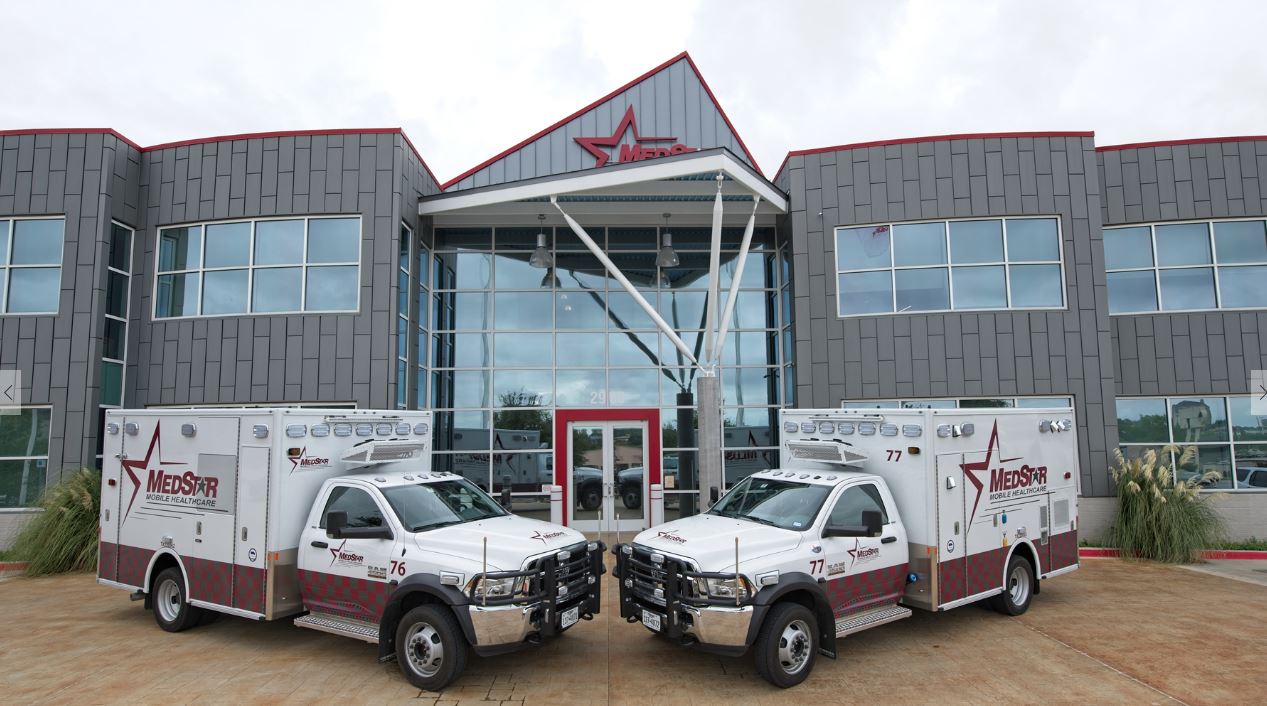In 2019, MedStar crews have treated 35 drowning patients. 30 were transported to area hospitals and 7 patients were critical. Age ranges were 2 months to 78 years old.
MedStar encourages everyone to be especially careful this labor day – here are some tips to help prevent drowning tragedies:
- Learn to swim and teach your children to swim. Enroll in age-appropriate water orientation and learn-to-swim courses, as well as first aid and CPR courses.
- Local YMCAs and other locations such as Emler’s Swimming School offer classes for kids as young as 2 months old.
- Actively supervise children whenever around water – even if lifeguards are present.
- Momentary distractions such as phone calls, using the restroom, or someone at the door can provide enough time for a child to access the pool and quietly slip under water.
- Use a designated adult to be responsible for actively watching the pool or lake area.
- Even use a visual cue for who is the designated watcher such having the water supervisor carry a life jacket as a reminder for both the watcher and those around them to prevent them from becoming distracted.
- If you have a pool, secure it with appropriate barriers
- Many children who drown in home pools were out of sight for less than five minutes and in the care of one or both parents at the time. Install a four-sided barrier, such as a fence with self-closing gates completely surrounding the pool.
- If the house forms the fourth side of the barrier, install alarms on doors leading to the pool area to prevent children from wandering into the pool or spa. Also install safety covers and perimeter or in-water alarms as additional layers of protection.
Practice safe habits in and around the water:
- Teach children to always ask permission to go near water.
- Remove floats, balls and other toys from the pool and surrounding area immediately after use.
The presence of these toys may encourage children to enter the pool area or lean over the pool and potentially fall in. - Know how and when to call 9-1-1.
Know how to respond to water emergency:
Seconds count—learn CPR.
CPR performed by bystanders has been shown to save lives and improve outcomes in drowning victims.
The more quickly CPR is started, the better the chance of improved outcomes.
If a child is missing, check the water first.
Seconds count in preventing death or disability.
If someone is in the water and needs help, reach or throw something out to them
Don’t go in unless you are trained.
If the drowning is in a lake, find a landmark where the victim went underwater that is not subject to wind or tides.
Knowing where exactly to start a search will speed the process.
Have rescue and first aid equipment available at the pool
Such as reaching or throwing equipment, a cell phone, life jackets and a first aid kit.






